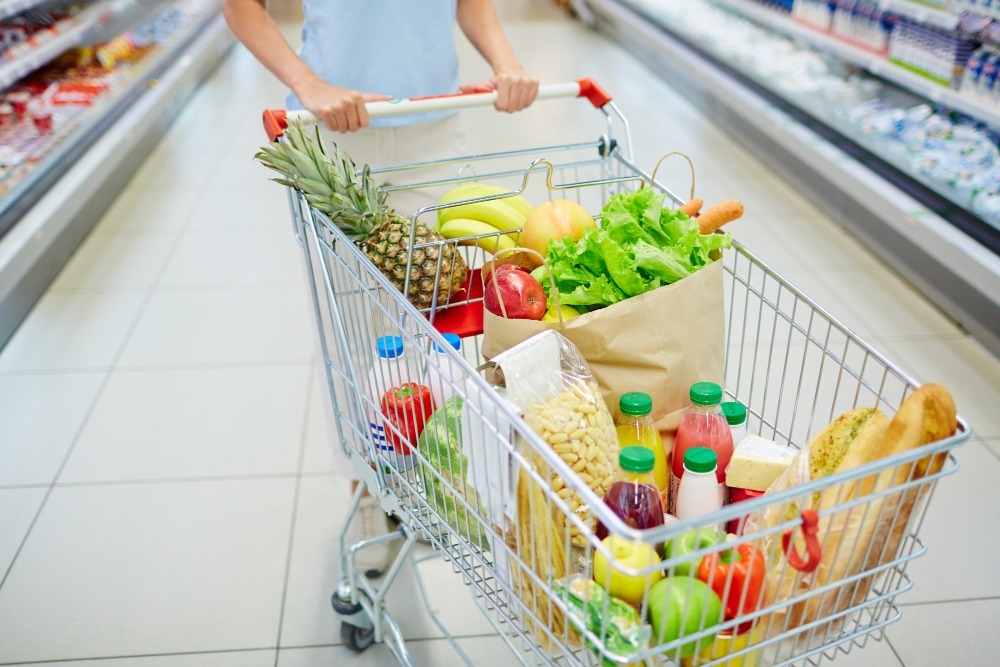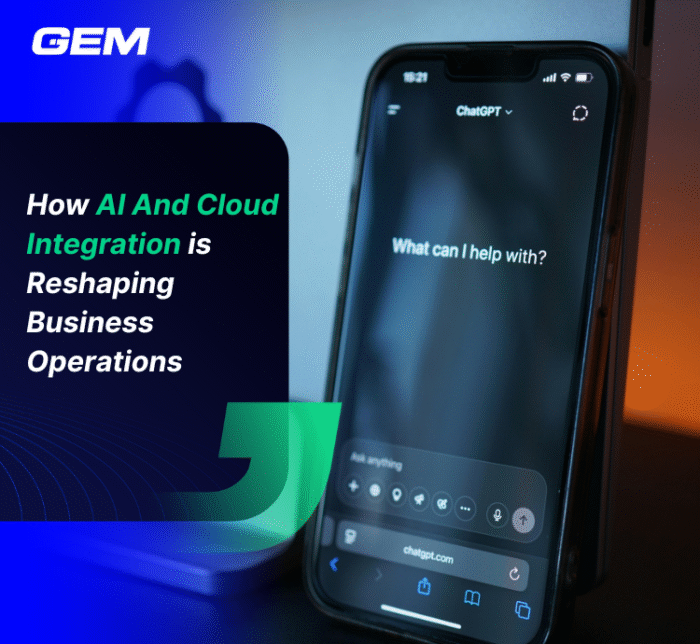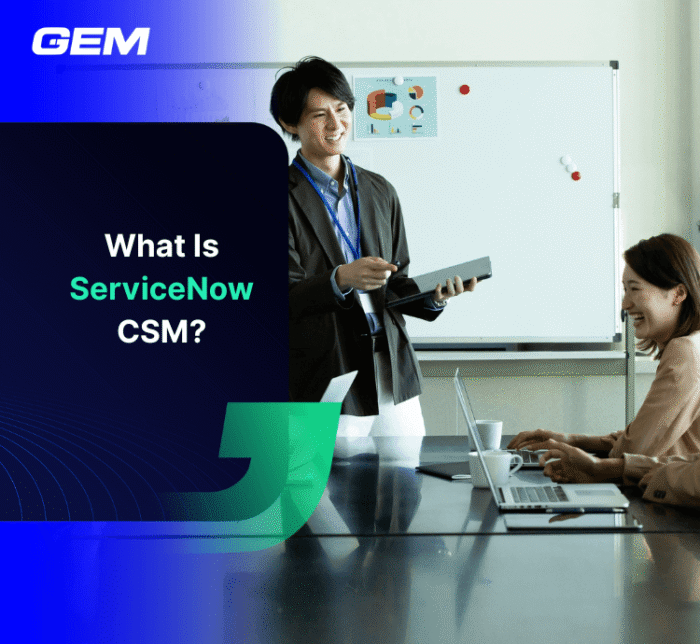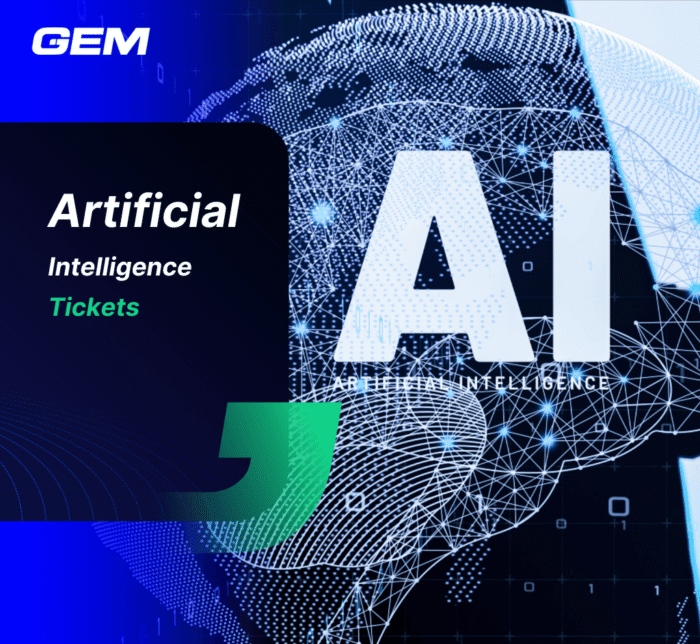Contents
e-Commerce and Brick-and-Mortar used to be opponents. Not anymore – Thanks to O2O Strategy implementation!
The two approaches to Retails
In retails, the two major approaches to sales are physical stores and online shopping – and now they can be combined via O2O strategy.
Brick-and-mortar refers to the business that provides its goods and service at physical stores. It has been considered a traditional business format and remained the dominant revenue stream for the commerce sector.
According to Investopedia, in 2019, total retail sales in the US were approximately $5.47 trillion. Non-store retailing sales (businesses that are not traditional businesses, such as direct (door-to-door) selling and e-commerce) accounted for $746 billion.
Offline shops allow consumers to have physical touch with the products and interact with the salesperson. This aspect brings immediate gratification and encourages them to make the purchase. Yet, such stores require high fixed costs and expenses. They also ask for buyers’ efforts to arrive at the location to shop.

With the rise of e-commerce in recent decades, brick-and-mortar businesses have a lot of pressure to maintain their growth. Especially during the Covid-19 pandemic, online stores have further proved their faster adaptation and profit potential towards unexpected events or market movements.
Physical shopping allows consumers to interact with the salesperson and ask questions, offers experience shopping whereby consumers can try on or test a product and brings immediate gratification when the purchases are made.
However, physical stores require large fixed costs (i.e., rent) and expenses (i.e., utility expenses) and also require more effort from customers to go to the location to shop.
Indeed, online shopping provides a convenient, ever-stopping shopping experience for shoppers. The variety of products is also diverse. Retailers can seamlessly target the right items matching customers’ interests with the aid of an AI-enabled recommendation system and other retails technology.
Nevertheless, online shopping is short on product experience and instant fulfillment, all of which offline stores offer. Besides, people are more likely to return goods bought online. This issue directly impacts the operation cost of the business and the overall customer buying experience.
Online-to-Offline (O2O strategy) – The new way to fulfill customer shopping cycle
To compensate for the shortcomings of both forms, many corporations choose to employ Online-to-Offline (O2O) commerce – also known as O2O Strategy. The name speaks for itself; O2O leads customers to make purchases in a physical store and creates the digital experience before, during, and after.
Furthermore, businesses now offer supportive services for their online platforms at their offline shops. Customers can place new online orders (in case the goods are not already available), pick-up, and return purchased items at the brands’ physical locations.

Big firms have had specific actions to broaden their presence on both sides, online and offline. Famous examples are the acquisition of Whole Foods Markets (a chain of healthy food shops) by Amazon (the biggest e-commerce company) and Jet.com (an e-commerce company) by Walmart (a giant supermarket).
Small and medium companies are also attempting to make the best of both worlds via an effective O2O strategy. It is common sense for businesses to have an online presence via a website and social media accounts.
On the other hand, pop-up stores and offline events are ways that customers can try on or interact with the products they only saw in photos.
Make your digital transformation seamless and future-ready
Accelerate your business growth with zero-disruption modernization services. Maximize the value of your current infrastructure, streamline processes, and cut expenses.
With large budgets and open minds, leading corporations are experimenting with the hybrid format between online and offline. Amazon is among the notable case studies to watch with its controversial “moving to real work” movements.
A specific case: How Amazon incorporates technology in their O2O Strategy
Amazon has opened seven types of physical stores, including one M&A with Whole Foods (now is Whole Foods Market) and six original sub-brands.
The products range from physical books, merchandise, groceries, prep meals to alcohol, plus the Pickup & Return service at every brick-and-mortar store for e-commerce purchases.
The tech giant also develops other products/ services such as smart wireless speakers paired with Alexa, Amazon’s voice assistant.
Another innovative service is checkout-free shopping at Amazon Go. This technology has the same technologies used in self-driving cars:
- Computer vision,
- Sensor fusion
- Deep learning
It allows customers to shop at the physical store and then pay the automatic bills through their Amazon account without any stops.
All of these attempts create a seamless shopping experience for the customers, and at the same time, help the business gain more insights about its clients and make more accurate suggestions whenever they interact with any touchpoint.
Forbes describes this approach in this short story: “A customer can visit the Amazon Go store to get a few items for dinner, ask Alexa to look up a recipe and the product recommendation engine can determine that the customer likely needs to purchase a certain type of saucepan.”

In short, the customer’s experience cycle has evolved and become more complex. With the rapid development of technology, the border between online and offline is getting blurred.
Companies must realize the need to expand on both the real world and the virtual world. Additionally, they must utilize digital tools and the power of data to not lag in the competition.






